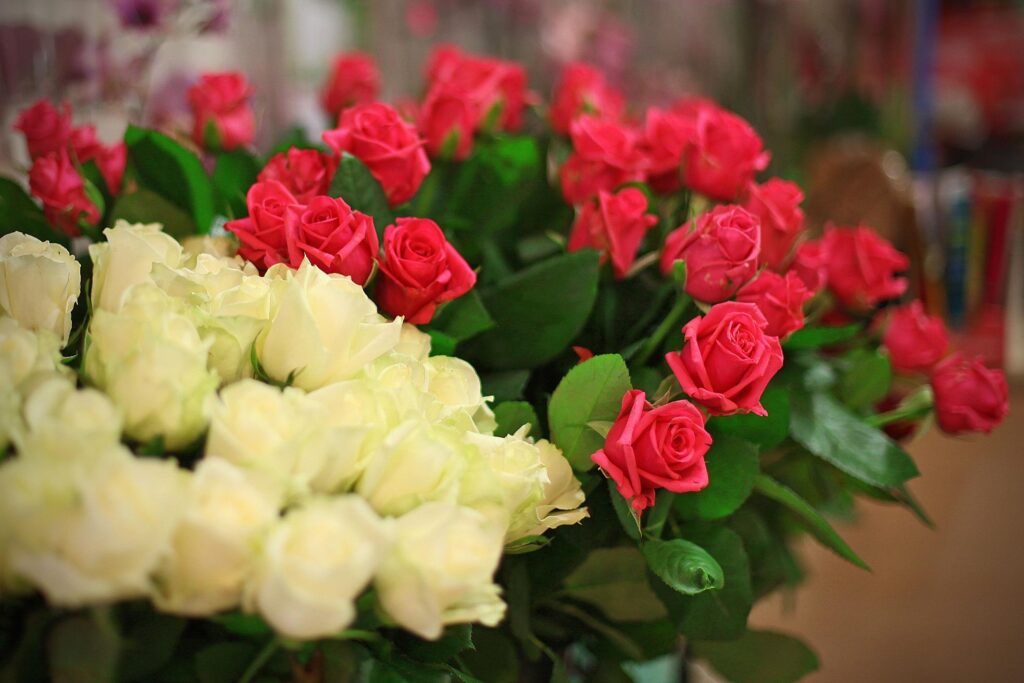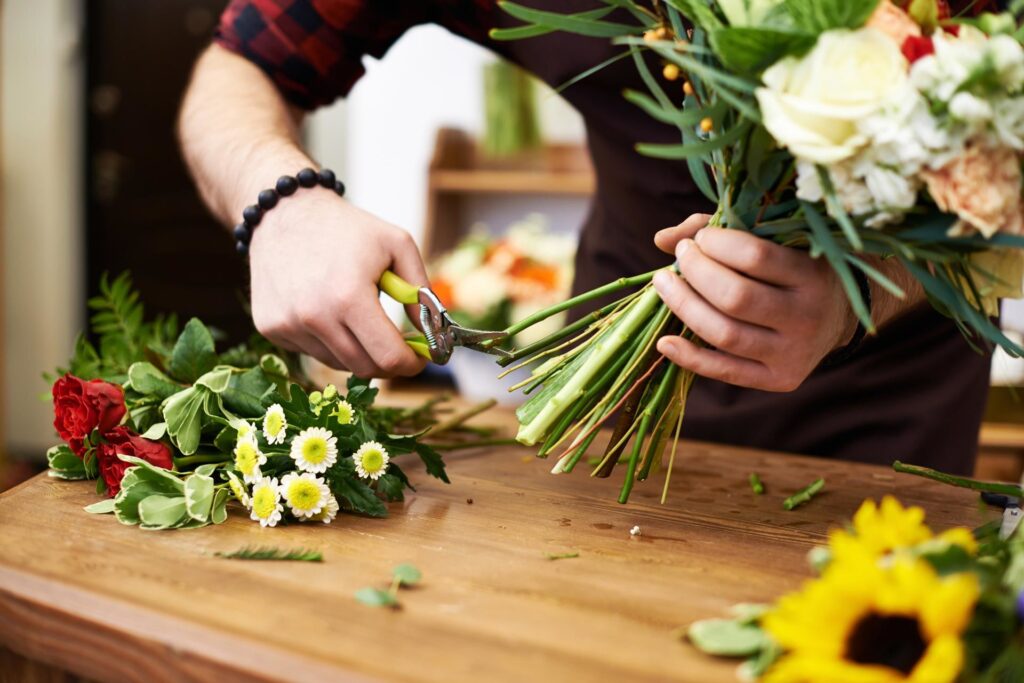
We all know that fresh flower bouquets are doomed to wither, but not everything is lost! We tell you how to prolong the life of plants if they are moved from flower beds to vases.
Flowers in the bouquet can be different: field daisies, garden roses or exotic orchids. However, they all have a relatively short life span. In order to keep the flowers in the vase longer, it is important to create the necessary conditions and observe a few simple but important care rules.
How to keep cut flowers in the vase alive longer
The main recommendations for bouquet freshness extension concern the initial steps starting from unpacking the bouquet. Carefully study the composition of a particular flower composition and follow simple but effective husks, which will help to keep flowers in the vase as long as possible.
Regardless of the plant type, it is important to remove excess leaves from the stems and spikes from roses and other prickly flowers. Excess leaves cause the vase to rot quickly, so it is important to cut off any excess leaves.
Hard stems (roses, chrysanthemums) need to be cut with a diagonal cut: This increases the area for absorbing moisture from the vase.
In order to make sure that the flowers stay in the vase as long as possible, keep their fresh look and flavor, they need to be fed with special additives.
Such supplements are sold in flower shops and are designed specifically for home use. Bouquets, standing in vases, are usually fed with minerals. They give greenery a greater saturation, and the colors of buds become noticeably brighter.
Flower feed keeps water in the vase clean for a long time, and the life of the bouquet increases by 2-3 times!
A fresh bouquet needs time to get used to the room conditions.
Do not rush to take the flowers off their packaging, gradually prepare the plants for the microclimate of the room.
Bouquets purchased in the cold season should first be placed on a glazed balcony and after 20-30 minutes transferred to the room.
Flowers do not like dry air and direct sunlight: Do not place the bouquet near heat emitting appliances on batteries or on a window sill.
Purchased flowers do not like ordinary water, so immediately add floral minerals to the vase, but first soak the bouquet without a wrapper in a bowl or bath with water at room temperature to soak not only the roots but also the buds themselves.
Only prune live flowers with a knife or a special plant pruning shear. It is very important not to damage the stem – this will speed up rotting.
Change the water in the vase daily or once every 2 days. Refresh the cut of the stem by 1-2 cm every day: It is very important that the channel for moisture absorption is not covered by a protective film.
Refresh the cut by keeping the stems under water so that no air bubbles enter the moisture absorption channels.
Use melt water to keep the flowers in the vase: frost kills microbes. To do this, freeze several bottles of water and put them in the freezer. Add fertiliser to the defrosted water and only then immerse the plants in it.
How to keep cut flowers in a vase longer: the tricks of florists
How to keep flowers fresh for the winter or how to keep flowers fresh for several months are quite common questions. The most reliable way is to try to germinate roots and transplant plants into the soil, but not all flowers can take root in captivity. Try to keep the bouquet in the vase for at least a few weeks.

Complicated bunches of roses and other plants are best disassembled immediately: Place the roses separately and place twigs and other flowers in a common vase.
To keep the roses in the vase, use acetylsalicylic acid: a tablet per litre of cool water.
Roses should be sprayed from a sprayer or immersed in a bath of water to saturate the heads with moisture.
Lilacs and other bush flowers should be stored in acidic water. Split the stems to open the channels for absorbing moisture, spray the inflorescences overnight from the sprayer and cover them with water-soaked paper overnight.
Fading bouquets can be resuscitated in a proven way: place the flowers in a container with warm water, and after 20-30 minutes return them to the vase.
Tulips like cold: put ice cubes in the vase and do not be afraid to put the bouquet in a cool place. Wrap the flowers in paper and put them on the window sill: the tulips will stretch to the light and straighten again.
Cloves, chrysanthemums and Peruvian lilies require constant monitoring of the hygiene of the stems: Cut back dead or rotten flowers and leaves.
Add activated charcoal to the gerbera vase and cut the stems shorter so that they do not touch the bottom.
Wash the walls and bottom of the vase with warm water and soap or vinegar solution to get rid of mould and germs. Elemental hygiene will help keep the flowers in the vase as long as possible!